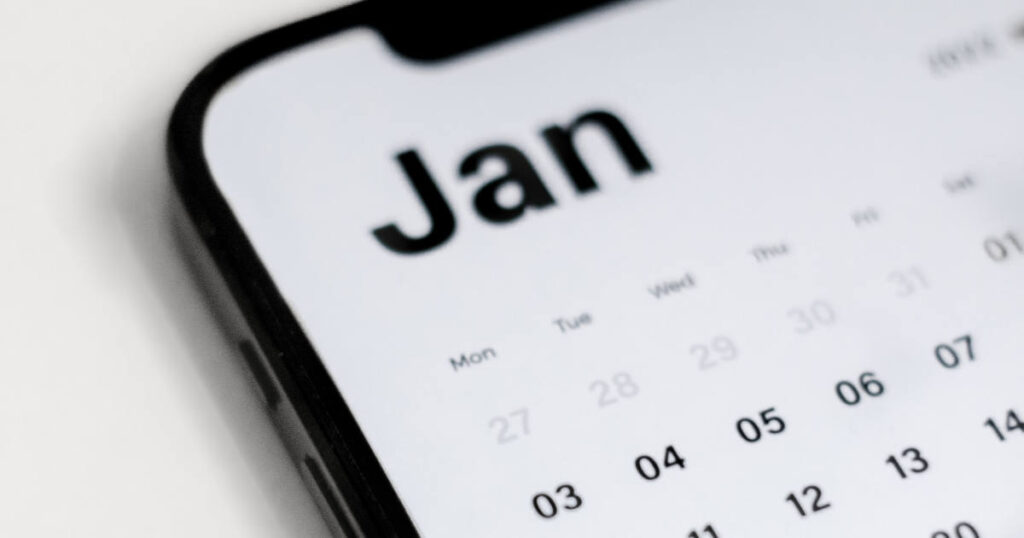Setting (and attending) meetings with your valuable customers is crucial, but it’s not always easy. Fortunately, Salesforce Scheduler simplifies scheduling appointments with your customers, so you can nurture your most important relationships.
But what is Salesforce Scheduler? What does it offer? And most importantly, how do you set up Salesforce Scheduler at your organization?
In this post, we’ll look at these questions in more detail and show you how to get the most value out of the tool.
Table of Contents
ToggleWhat is Salesforce Scheduler?
Salesforce Scheduler, formerly known as Lightning Scheduler, is a native appointment scheduling tool that gives you everything you need to simplify appointment scheduling in Salesforce. In other words, it helps you schedule appointments with the right people at the right time using a variety of channels and, in doing so, ensures that you nurture and strengthen the relationships with your customers while providing personalized experiences.
With Salesforce Scheduler, you can embed appointment scheduling into your standard Salesforce workflows and make it easier for your customers and employees to create, edit, and cancel appointments with defined topics, locations, and duration. You can also create service resources based on your employees’ skills and expertise to ensure that your customers are always paired with the right team member.
Salesforce Scheduler is available as an add-on for different cloud plans, including:
- Enterprise, Unlimited, and Performance Editions of Sales Cloud,
- Service Cloud,
- Financial Services Cloud,
- Health Cloud,
- Manufacturing Cloud,
- Consumer Goods Cloud, and
- Communities.
To use Salesforce Scheduler, you’ll need to activate Lightning Experience. While Salesforce Scheduler and Field Service can coexist in an org, this causes some limitations as Scheduler and Field Service use a common data model.
What’s Included?
Salesforce Scheduler offers a range of features that allow you to streamline your processes and deliver personalized customer experiences across channels:
- Setup App. The Salesforce Scheduler Setup App provides all the scheduler’s resources and tools in one place. From here, you can easily manage all these resources.
- Setup Assistant. The Setup Assistant makes it easier for you to perform certain key setup tasks without needing to do so manually.
- Salesforce Standard Objects. Salesforce Scheduler gives you access to a suite of standard Salesforce objects that form the foundation of Scheduler’s features.
- Default Appointment Scheduling Policy. Salesforce Scheduler provides a Default Appointment Scheduling Policy that helps you find the best service resource for a specific appointment. You can also edit the default policy or create your own policies based on your needs and requirements.
- Appointment Flows. Scheduler provides both inbound and outbound appointment flows that make it easy for your employees to schedule appointments with your customers and prospects and vice versa.
Setting Up
We’ve now seen what Salesforce Scheduler is and what it includes. Let’s now look at how to set up Salesforce Scheduler for your business.
Step 1: Launch the Salesforce Scheduler Setup App
The first step is to open the Salesforce Scheduler Setup App from the App Launcher. From the app, you’ll have access to object tabs, where you’ll be able to work through the further steps in the process described below.
Keep in mind, though, that to open the app, you’ll need to ensure the Salesforce Scheduler admin profiles in your org have access to it.
Step 2: Configure Related Lists for Scheduler Object Page Layouts
The next step is to configure related lists for Salesforce Scheduler objects. By setting up these lists, you’ll make it easier for Scheduler users to access more details about object records.
Step 3: Consider Using the Salesforce Scheduler Setup Assistant
Before working through the remainder of the steps in the Setup App, you might consider using the Salesforce Scheduler Setup Assistant.
As mentioned earlier, it helps you perform key setup tasks without needing to do it manually from the object tabs. Before using the Setup Assistant, there are, however, some things you should be aware of:
For one, the Setup Assistant tab might not be enabled, which you’ll then need to do manually. You should only enable it in production orgs, as it doesn’t work as expected in other orgs. And while it can be enabled for non-admin users, the Salesforce Scheduler Setup Assistant is recommended for admin users.
Step 4: Set Up Service Resources
You can set up service resources to assign appointments to them. These service resources represent individual users in your organization who can attend customer appointments. You can also assign skills to these service resources so that appointments can be assigned based on these skills.
For example, you can assign your AEs as service resources for any upgrade and upsell questions while giving your customer experience specialists a nudge whenever a client wants to improve their product knowledge.
Step 5: Set Up Service Territories
The next step is to set up service territories to organize and manage your service resources per territory. This ensures that your service resources are assigned to appointments close to their home branch. For example, your Canadian organization members could help Canadian customers, while your specialists in France handle the conversations with French customers.
Step 6: Set Up Operating Hours
You’ll also need to set up operating hours, which determine the availability of a specific service resource within a specified territory. In other words, your operating hours determine the appointment time slots.
Step 7: Set Up Holidays
From time to time, some of your service territories might be closed for holidays or unforeseen circumstances. To accommodate this, you can set up holidays to prevent any appointments from being scheduled at these times.
Step 8: Set Up Work Type Groups and Work Types
The next step is to set up work types and work type groups. Work types are appointment templates that define certain key parameters relating to an appointment, such as duration and availability.
In turn, work types link to work type groups representing defined appointment topics. By setting up these, you’ll ensure that customers are matched to service resources with the right skills.
Step 9: Manage Shifts
Service resources can set up shifts in Salesforce Scheduler to accommodate their varying work schedules and can define shifts beyond their working hours and even for more than one territory. If your team member goes on a holiday, you don’t have to worry about re-jigging permissions. Simply assign their replacement, and Salesforce Scheduler will handle the rest.
Step 10: Set Up Outbound Scheduling
Salesforce Scheduler provides standard appointment flow templates that allow your employees to schedule appointments with customers quickly and easily. They simply need to choose the right customer, location, date, time, and appointment topic. Of course, apart from these standard templates, you can also create your custom appointment flows based on these templates.
Step 11: Set Up Inbound Scheduling
Apart from providing standard outbound scheduling appointment flows, Salesforce Scheduler also provides standard flows for inbound scheduling that allow your customers or prospects to schedule appointments with your employees easily. Think Calendly – but within Salesforce and with no third-party integrations.
Step 12: Enable Advanced Features
In addition to setting up the features mentioned above, you can also enable several advanced features that, for example, allow you to block time for service resources, book multiple resources for an appointment, concurrent scheduling, and more. You can definitely make Salesforce Scheduler fit your organization’s work style.
Salesforce Scheduler Limitations
While Salesforce Scheduler is a capable tool for scheduling appointments and managing conversations and customer interactions, it’s not perfect.
For example, you won’t easily sync calendar and email information from Gmail or Outlook. If that’s not a deal-breaker – great! However, it’s worth testing other solutions.
For example, Match My Email automatically captures all your emails and syncs your email and calendar data with Salesforce to provide you with a complete timeline of all your customer interactions.
Similarly, be cognizant of the fact that Salesforce Scheduler offers limited support for mobile devices. Your flows may not work as expected when on mobile devices, so you’ll need to tweak things a bit if your team or your customers are mobile-first.
If you plan to use Salesforce Scheduler for more than simple appointment setting, know there might be some limitations to how its features work together:
- You can use multi-resource scheduling and concurrent scheduling together.
- There’s a maximum of 5 service resources for one meeting.
- Anonymous contacts can’t make appointments with multiple service resources.
- You can’t directly update a Salesforce Scheduler calendar event. Use the appointment record.
There’s a set of limitations when booking appointments for cases, as well. And if you use Field Service in the same org as Salesforce Scheduler, you’ll need to prepare in advance.
Salesforce Scheduler: Your Go-To Feature for Efficient Appointments
Ultimately, Salesforce Scheduler is a handy addition to your Salesforce ecosystem.
With an easy way to schedule appointments, assign the right people to the right case, and keep everything organized, it’s exactly what the sales rep ordered.






